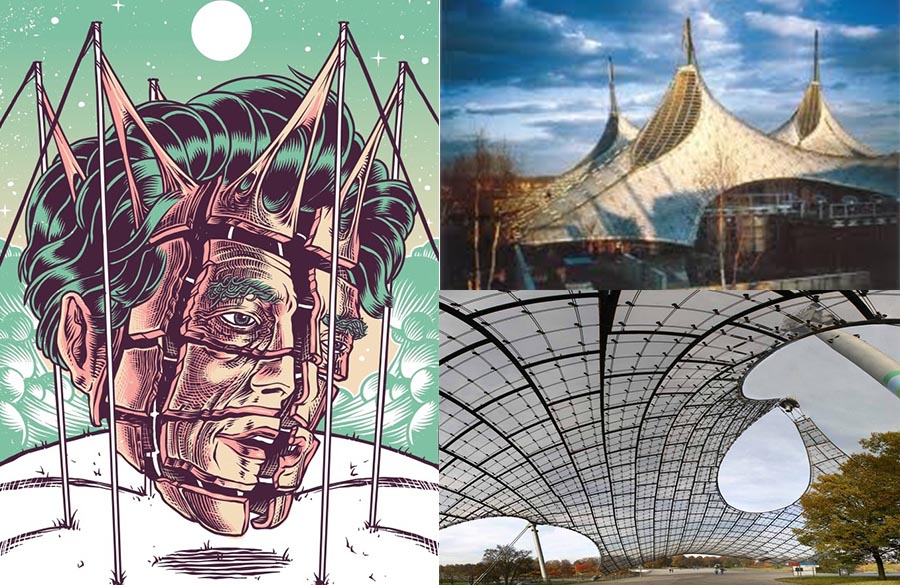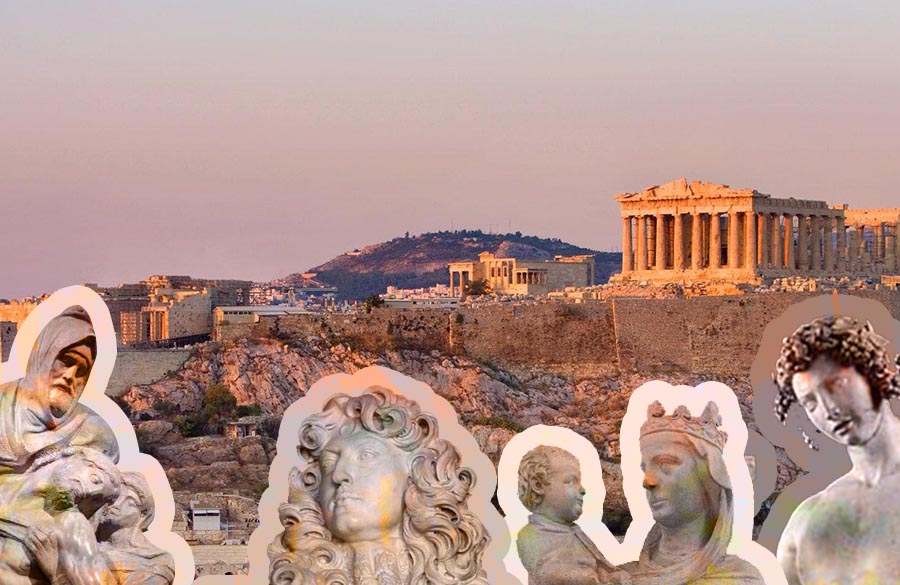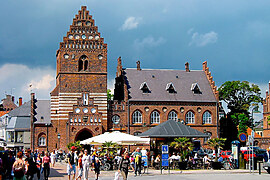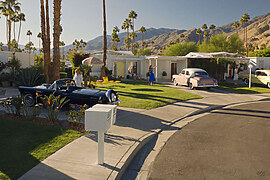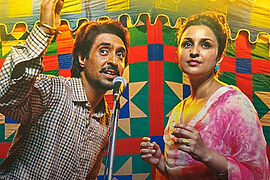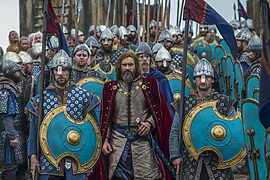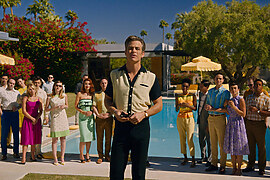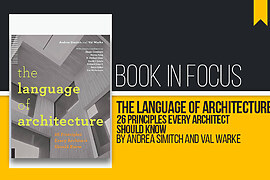Frei Otto: Spanning the Future is a documentary that profiles the life and works of the revolutionary architect and engineer Frei Otto. The one-hour feature paints a picture of Frei Otto’s life and ideologies, told in his own words, and by those he inspired. The film features one of the last interviews Otto gave before his death, featuring renowned architects and engineers, including Zaha Hadid and Jürgen Hennicke, on the importance of his work.
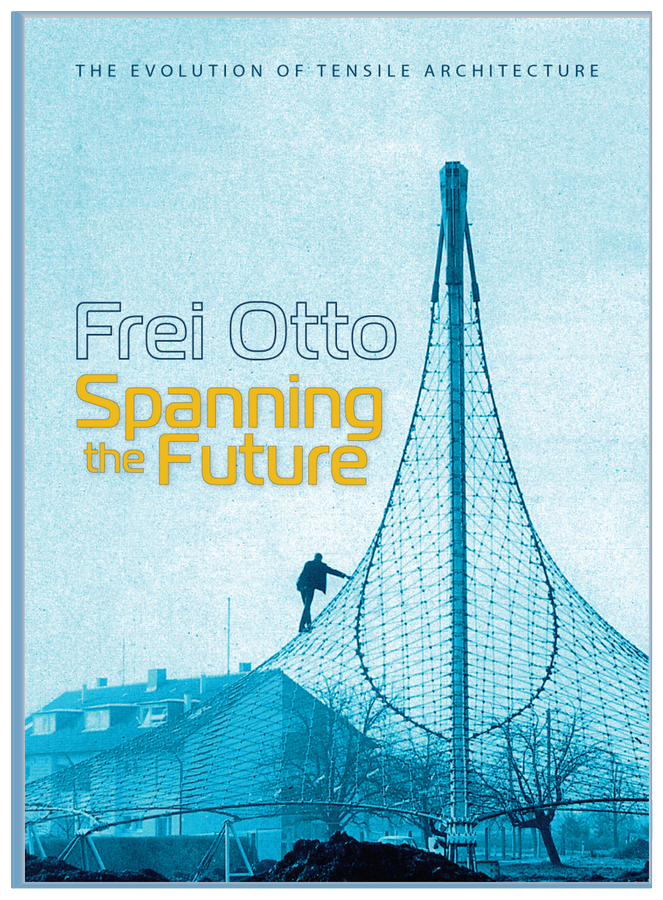
Otto garnered fame as a pioneer in the design of tensile structures made from metal armatures and lightweight membranes. With revolutionizing techniques of dematerialization that were ahead of his time, he was a true visionary. He drew inspiration from nature and believed that the mission of architecture is to be harmonious with nature. As an architect and engineer, he laid the foundation for contemporary lightweight structures, and his ideas are spectacular even decades after he revealed them. With projects including the Mannheim Multihalle, the Munich Zoo Aviary, the 1967 Montreal World Expo Pavilion, and co-design of the 1972 Munich Olympics Stadium, that still find relevance in this day and age, his career trajectory was like none other.
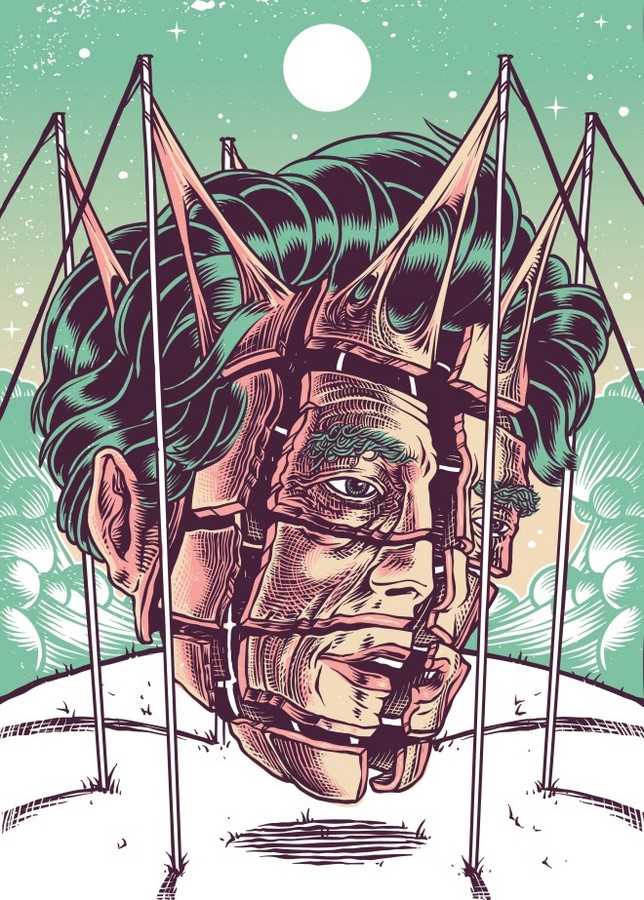
True to his unconventional first name: he was a free spirit and experimenter. Born in 1925 in Saxony, Germany, his life story is a sweep against European history. Coming from a family of sculptors, Otto trained in stonemasonry as a child. Growing up in the countryside, right in the heart of nature, he developed a sense of respect towards its simplistic complexity quite early on. A youthful hobby of flying gliders led him into the Luftwaffe, and he spent the latter part of the war as a POW in France. He was put to work repairing bridges, and the need for houses compelled him to build tents for the refugees with scrap materials found around. He later explained that the shortage of materials for this task was what set him on the course that would define his life’s work.
Upon his return to West Germany post-war, he went on to complete his Architectural training. He opted for postgrad in lightweight structures, a field that was neglected at the time, mainly because of its complexity and near impossible calculations. But otto was a natural and more often than not, his sheer instincts were proved correct by calculations.
His innovative methodology involved finding form in nature, studying soap structure, and other surfaces that occurred naturally. The documentary itself depicts multiple clips of him experimenting with the elasticity and forms of soap bubbles which are distinctively reflected in his designs. For his designs, he created huge models that were tested with loads, so the structures could be accurately analyzed.
His first significant commission was designing structures for garden festivals in Cologne and Kassel. He built space frames and a variety of membrane structures with Peter Stromeyer, whose firm specialized in building tents for circuses and the military. Soon, he started garnering attention in the 50s as a pioneer in tensile architectural structures. Designing structure for the Expo ‘67 and The Montreal pavilion amongst others led to his fame.
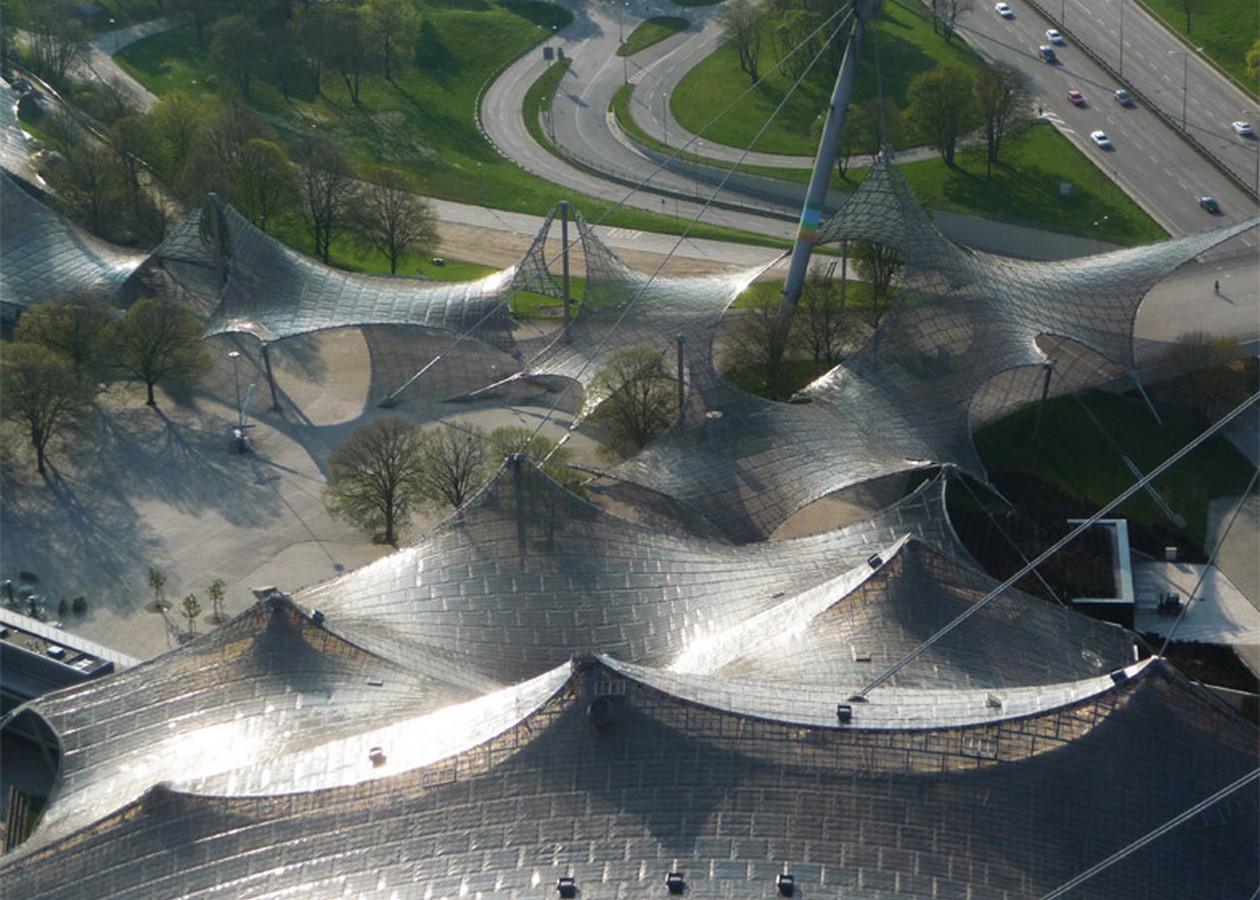
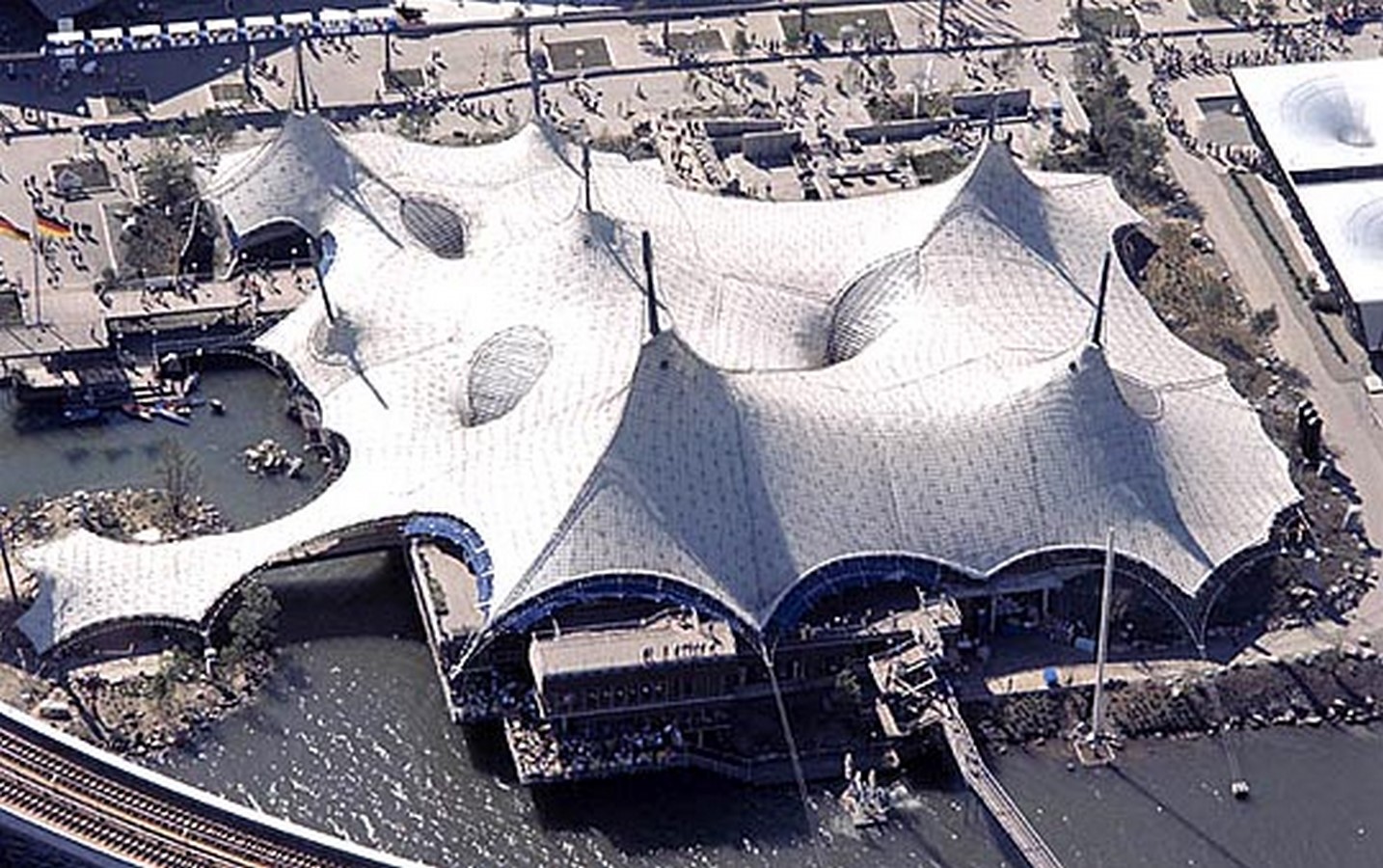
His structures, although temporary, and mainly roofs set him off on a building spree that made for his reputation. The contrast of his light, dematerialized, and translucent surfaces spanning over large spaces seemed completely contrasting to the heavy stone structures that were seen at the time.
His work is often compared with fellow traveler and structural engineer Buckminster ‘Bucky’ Fuller. While Fuller seems confined to platonic geometric and confining form Otto set the form free, letting it find its flow. Both however shared conversations about their anti-classical structures and material translation.
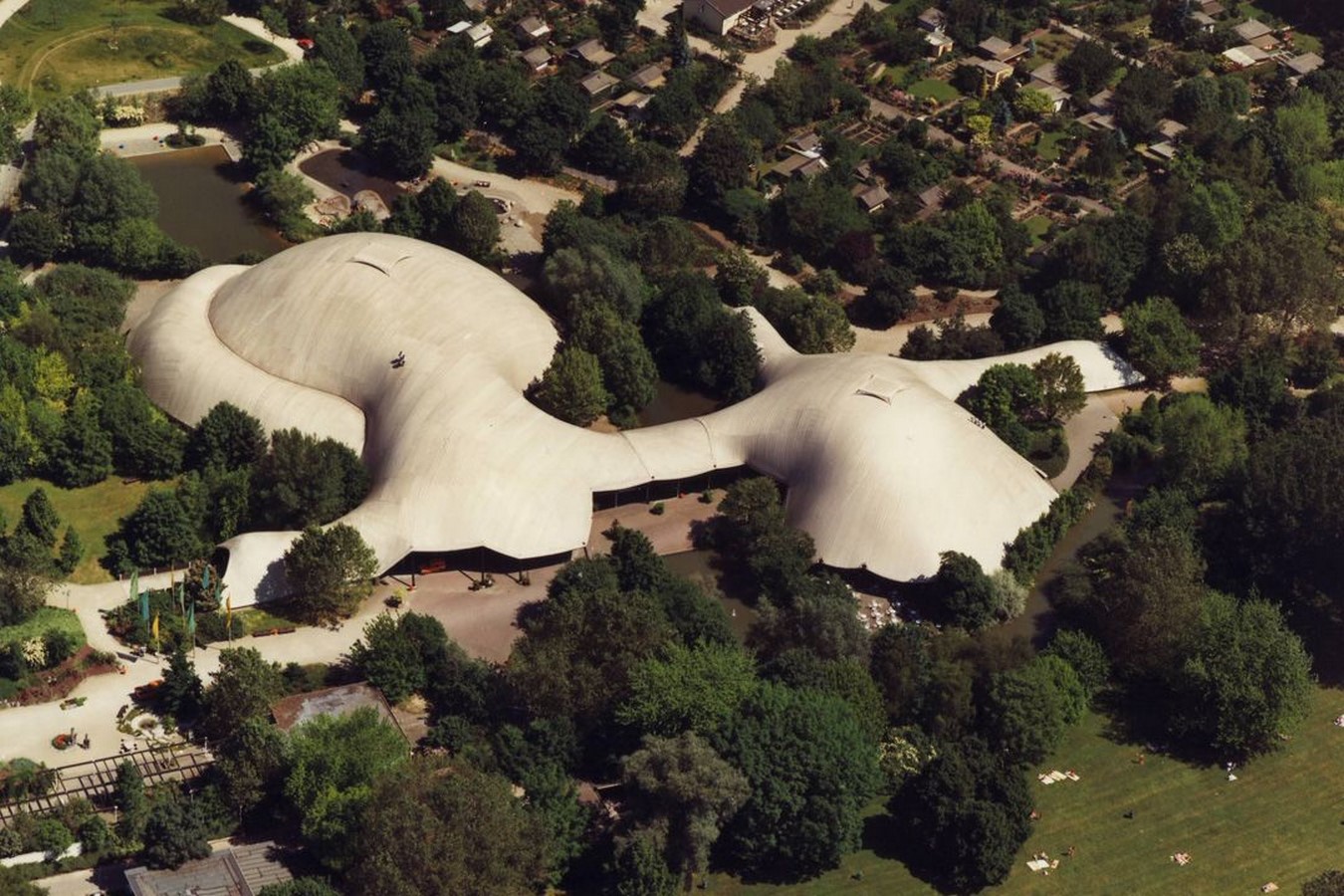
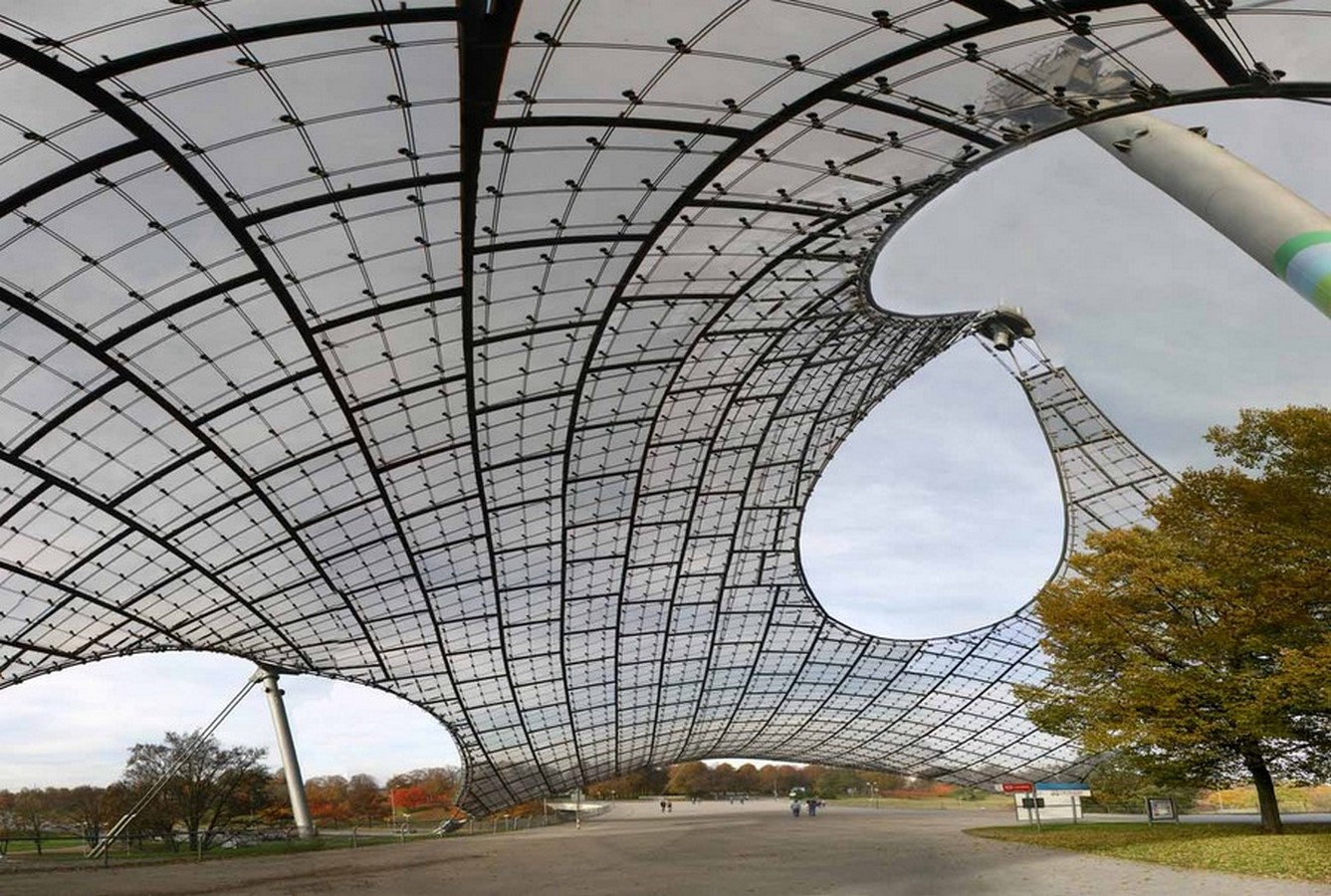
Since the beginning, he pushed at the limits of the technologically possible and created spaces that were previously unimaginable. He seemed to have utopian ideas about architecture influencing the community. By the 60s, he had his idea about cities and was making predictions of what the future would look like. He researched lightweight structures and spoke about giant envelopes that could cover all the settlements in the Arctic, along with shaded cities in deserts where agriculture could take place.
With the rise of digital technology in the last 20 years, Otto’s ideas are more relevant now than they did half a century ago. His early interest in the natural environment; his sense of social responsibility; and his foresight of the needs of the future fit perfectly the modern trends of sustainability. At 89 years old he was informed that he was being awarded the Pritzker Prize in 2015, just a few days before his unfortunate demise on 9th March. He told the Jury, “You have a happy man here. I will use what time is left to me to keep doing what I have been doing, which is to help humanity”.


